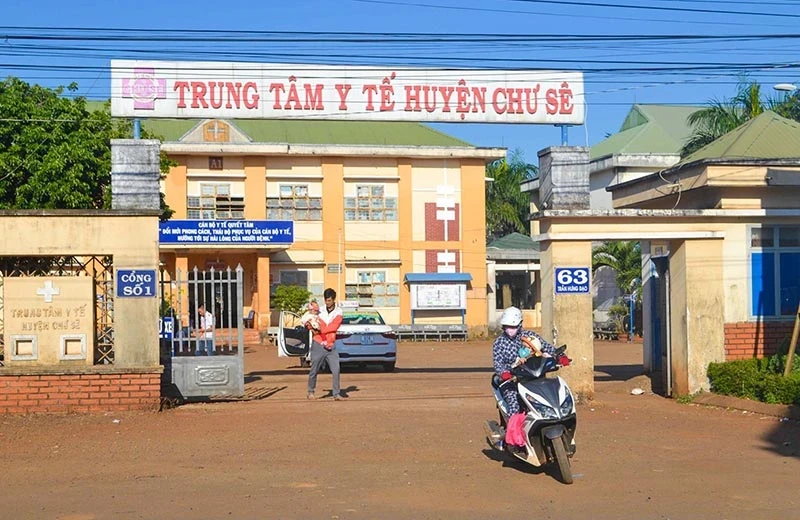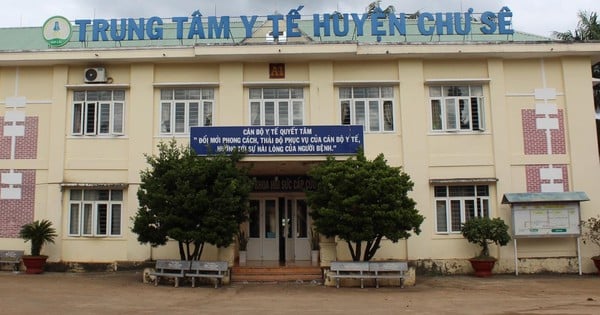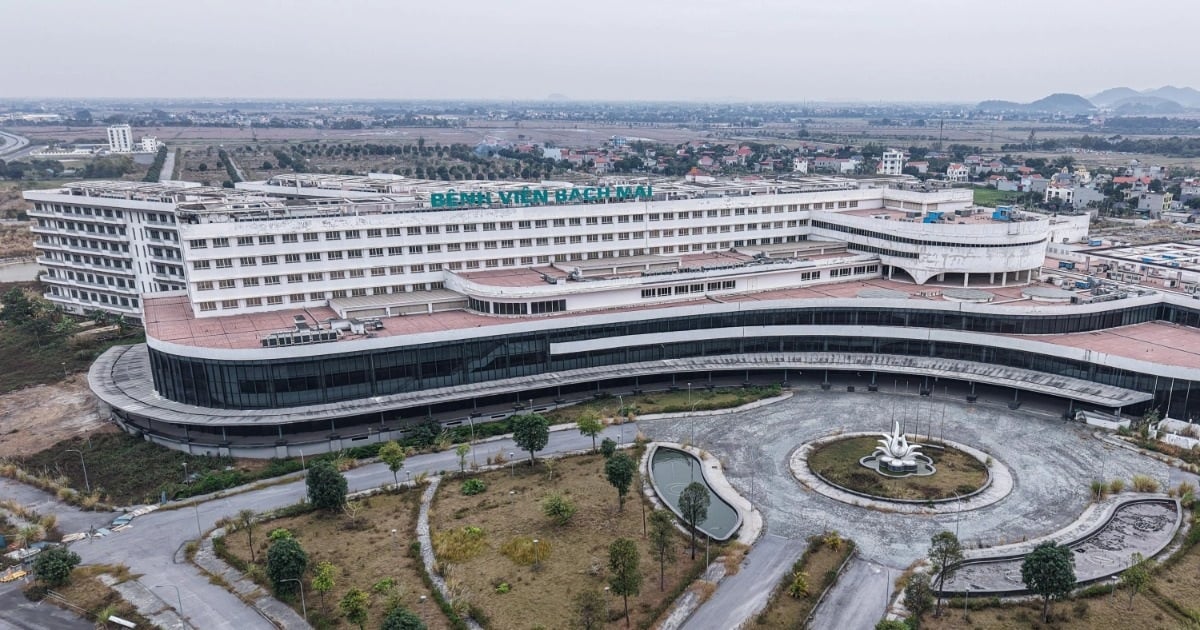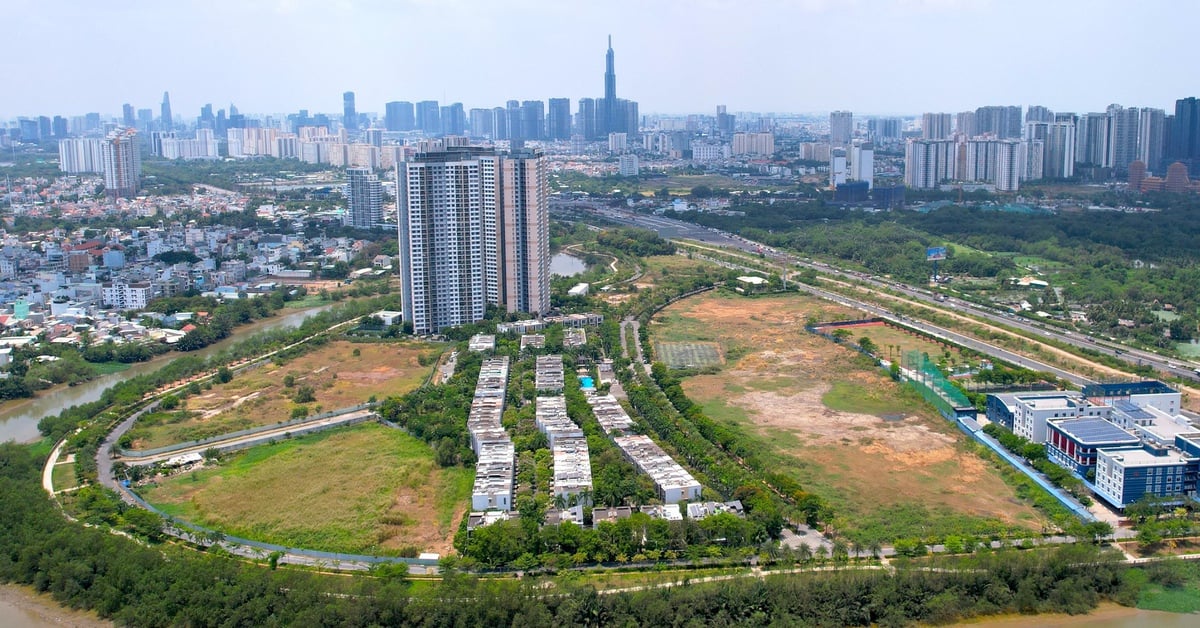
Although entering the population aging stage later than the rest of the country, the rate of population aging in Ho Chi Minh City is happening very quickly - Photo: THU HIEN
On April 1, the National Assembly's Committee on Culture and Social Affairs held a supervision session in Ho Chi Minh City on the implementation of population policies and laws in the 2018-2024 period.
On average, each year Ho Chi Minh City has 35,000 new elderly people.
Reporting at the monitoring session, Dr. Nguyen Van Vinh Chau, Deputy Director of the Ho Chi Minh City Department of Health, said that the number of elderly people in the city has been increasing rapidly since 2017.
Also in 2017, Ho Chi Minh City officially entered the period of population aging, 6 years later than the whole country, when the proportion of the population aged 60 and over reached 10.28%. However, despite being late, the aging rate is very fast.
By 2024, the proportion of elderly people has increased to 11.87%, with a total of more than 1.1 million people. Within 7 years (2017-2024), the number of elderly people increased by about 243,500 people, an average increase of nearly 35,000 people.
The average life expectancy of Ho Chi Minh City residents is higher than the whole country, at 76.6 years old in 2024.
"The rapid increase shows that the rate of population aging in Ho Chi Minh City is exceeding previous forecasts.
This poses an urgent need for policies, infrastructure, and society to ensure quality of life for the growing elderly population," said Dr. Chau.
According to the latest data from the General Statistics Office, in 2024, the aging index of Ho Chi Minh City will be 65.2; higher than the national figure of 60.18 (meaning that for every 100 young people under 15 years old, there will be 65.2 elderly people).
Elderly health care services are still limited.
Dr. Chau added that despite the rapid population aging, access to full health care and consulting services for the elderly in Ho Chi Minh City is still limited.
The health care system has not kept up with the increasing rate of population aging, and there is currently no reporting system to collect information on the healthy life expectancy of Ho Chi Minh City residents.
Besides, the total fertility rate of Ho Chi Minh City is currently very low (1.39 children/woman in 2024), currently ranked in the group of 21 provinces and cities with low fertility rates.
This causes many consequences such as faster population aging, labor shortage, and impacts on social security.
Accordingly, Ho Chi Minh City recommends that the central government should develop, perfect and synchronously implement policies for the elderly in relation to economic development and ensuring social security.
At the same time, develop policies to encourage and support the elderly to participate in economic activities, especially the elderly with high qualifications, expertise and skills (adapting to the silver economic trend).
Reform the pension system, diversify insurance types, especially voluntary old-age insurance, suitable to the contribution and payment capacity of participants...
In addition, territorial spatial planning must adapt to population aging (forming health cities, planning space for nursing homes or health care centers, space for medical facilities with geriatric care services, etc.).
There are policies to support and attract economic sectors to invest in nursing home services (land, infrastructure, tax exemptions, human resources, etc.).
Mr. Ta Van Ha - Vice Chairman of the National Assembly's Committee on Culture and Society, said that although Ho Chi Minh City has had support policies, the rate of elderly people receiving regular health check-ups and care is still low compared to the requirements. The support system for the elderly also needs to be expanded and improved.
Abortion rate in Ho Chi Minh City remains high
Also according to the report of the Ho Chi Minh City People's Committee, in 2017, the city's abortion rate was 42.1 abortions/100 live births, by 2024 it was reduced to 31.14 abortions/100 live births (achieving the target of reducing 40 abortions/100 live births), basically eliminating unsafe abortions.
The abortion rate of minors is controlled below 3% (in 2017, the abortion rate of minors was 2.47%, reduced to 2.31% in 2024).
Mr. Ta Van Ha commented that the abortion rate in the city is still high, so stronger intervention measures are needed to reduce this rate.Source: https://tuoitre.vn/toc-do-gia-hoa-dan-so-tai-tp-hcm-dang-dien-ra-rat-nhanh-vuot-qua-cac-du-bao-20250401100458334.htm



![[Photo] Prime Minister Pham Minh Chinh receives CEO of Standard Chartered Group](https://vstatic.vietnam.vn/vietnam/resource/IMAGE/2025/4/2/125507ba412d4ebfb091fa7ddb936b3b)
![[Photo] General Secretary To Lam receives Russian Ambassador to Vietnam](https://vstatic.vietnam.vn/vietnam/resource/IMAGE/2025/4/2/b486192404d54058b15165174ea36c4e)
![[Photo] Prime Minister Pham Minh Chinh receives Deputy Prime Minister of the Republic of Belarus Anatoly Sivak](https://vstatic.vietnam.vn/vietnam/resource/IMAGE/2025/4/2/79cdb685820a45868602e2fa576977a0)



































































![[Podcast] News on March 27, 2025](https://vstatic.vietnam.vn/vietnam/resource/IMAGE/2025/4/2/de589137cda7441eb0e41ee218b477e8)
















Comment (0)